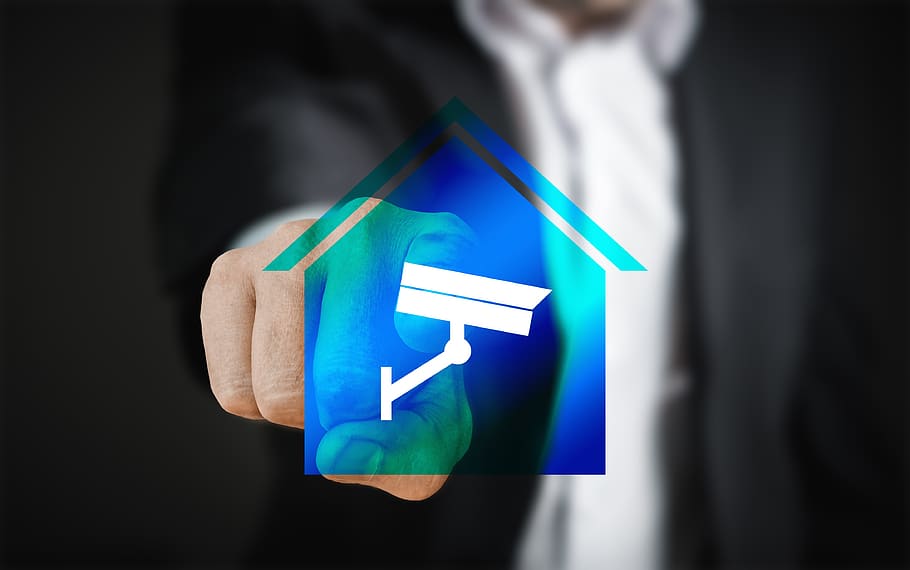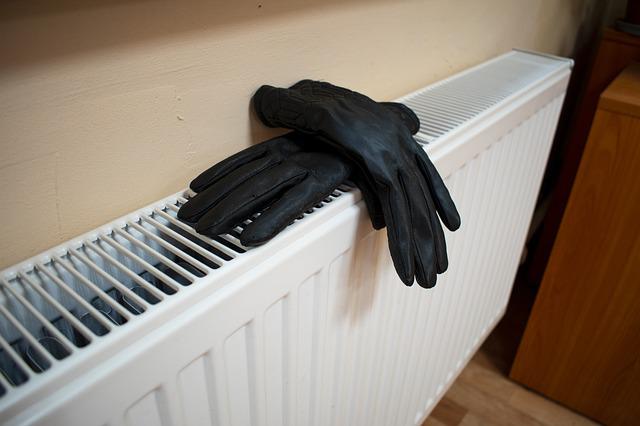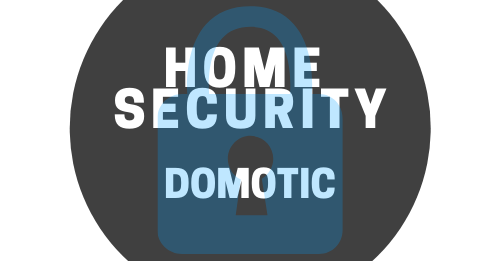Manage Your Home Automation With Your Finger!

Manage Your Home Automation With Your Finger!
A modern and versatile solution to reconcile energy savings and home comfort.
The home’s energy management is at the heart of low-energy housing projects. Home automation for heating has several objectives:
– to respond precisely to the needs of the house’s inhabitants without waste;
– to program multiple scenarios adapted to your environment and intrinsically evolving (home automation programming);
– to compensate for forgetfulness (such as windows left open) and handicaps;
– manage peripheral equipment such as swimming pool home automation;
– save energy by motorizing shutters and blinds.
Home automation for heating: how it works
The heating home automation allows programming in time and by a device the heating of the electric radiators. The programming is done at the boiler level in a central heating system with hot water radiators, but the settings per radiator are still done manually.
Note: the new thermostats of centralized boilers allow optimal management and take window opening or presence sensors into account.
Home automation and heating, management with a finger on the pulse
The minimum equipment required for an efficient home automation system is temperature sensors, room thermostats that regulate the temperature level according to your comfort parameters, current transformers, dimmers that control the global current of the home network, a home automation remote control and a home automation interface/controller, for example, a touch screen (PDA or UMPC) associated with a software (that coordinates and compiles the data) or a web interface.
Good to know: if you have an electronic meter, you can retrieve your consumption data (+ subscription) via 2 dedicated communication terminals. To “translate” the information obtained, use an energy manager, a PC (with appropriate software) or a web server.
Types of home automated heating installation

There are two systems for the operation of home automation heating: the wired system called pilot wire and the wireless control system. These two systems allow the connection of the heater to a thermostat (a programmer). The latter will be programmable in a traditional way or programmable by smartphone (connected heating).
Installation with pilot wire
In recent installations (new buildings), pilot wires are usually installed and connected to the thermostat. However, you can choose with the manufacturer to install wireless controls.
For older installations, you should first check whether your appliances are equipped with pilot wires and, if so, whether these wires are connected.
Most new electric heaters are equipped with pilot wires. To find out if your heater has them, look at the button on the heater. If you see a small clock, this is a sign that the pilot wire is present and can be connected to a thermostat.
Note: If your radiators’ pilot wires are not connected, call a professional electrician. The cost will be that of the electrician’s intervention, which varies according to the number of radiators plus the cost of a thermostat (from $120).
Wireless installation
It is also possible to control your heating appliances by a wireless system using radiofrequency or PLC. The control signals are transmitted through the electrical current in the latter case. However, the heating appliances must be suitable, which is the case for recent devices. Older “toaster” heaters with hot air are not necessarily equipped.
This wireless installation is much easier to set up than a wired installation because you can do it yourself. You can find control packs (to be placed on the radiator) and control receivers for $100 per radiator.
Good to know: changing an old electric radiator has a cost but can be quickly amortized with savings.
Controlling a heater
According to the signals received by the pilot wire, the radiator, which has an internal thermostat, will adapt to the temperature indicated by the given order. The instructions are generally:
– Comfort: respect to the set temperature fixed on the radiator thermostat or the central thermostat (according to the chosen system).
– Eco or reduced: setpoint temperature lowered by 3 to 5°C (variable according to the model) at night or when you are away.
– Frost protection: 7 to 8°C; the temperature does not drop below these temperatures to prevent the water in the pipes from freezing.
– Stop: the appliance is switched off (load shedding).
The most modern radiators also have two other settings that allow the heating temperature to be regulated by plus or minus 1, 2 or 3 degrees compared to a central thermostat. Thus, if your thermostat is at 19°C, you can ask for 17°C in one room and 20°C in another.
Note: the programming of radiators will become essential. It allows you to save energy and benefit from economical “grid clearing” purchase rates.
The heating programmer
Essential to the home automation of heating, the heating programmer does not represent a significant investment compared to the complete installation. Often wired if you are installing a new boiler or new electric radiators, or wireless for an existing boiler or electric heater, they can be found starting at $130 and generally not more than $350 (except for the most sophisticated models), with the price varying according to the programmer’s functions.
Although the installation seems simple, properly calling a professional to connect all the radiators to the central console is recommended.
Note: the intervention of a professional is also a condition for financial aid.
